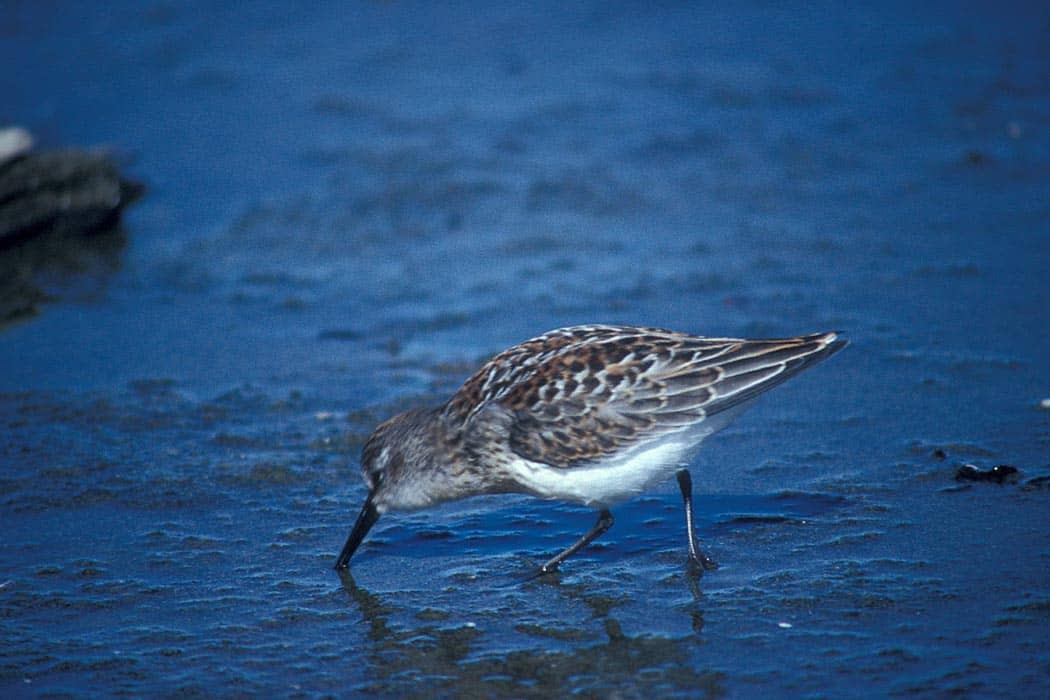Reprinted from the WHSRNews, 5 January 2012
A momentous workshop was held in October 2011 in Mazatlán, Sinaloa, to develop the first-ever standardized shorebird-monitoring protocol for Mexico. A total of 41 participants from 29 institutions attended the workshop, part of the project “Monitoring Western Sandpipers and Pacific Dunlins in Northwest Mexico” funded by the U.S. Forest Service-International Programs and the Copper River International Migratory Bird Initiative (CRIMBI). The goal then is to implement the protocol at all 11 WHSRN sites in Northwest Mexico and at several other important areas in the region.
One outcome of the workshop was a document describing the standardized shorebird-monitoring protocol developed by the Grupo de Aves del Noroeste (Northwest Bird Group, or GANO by its Spanish acronym), a collective working group comprising shorebird biologists from throughout the region. Having a standardized protocol now allows them to compare shorebird data from sampling locations at the local, regional, and flyway scale.
During the first two weeks of December 2011, partners successfully implemented the protocol at 20 sites in Northwest Mexico, including the 11 WHSRN sites. The development of this standardized shorebird-monitoring protocol will also serve as a reference for other groups monitoring shorebirds farther south along the Pacific Flyway.
For more information, please contact Eduardo Palacios, Principal Researcher, CICESE-Department of Conservation Biology, Baja California Sur, Mexico. Dr. Palacios also serves as Northwest Mexico Program Coordinator, Shorebird Recovery Project, Manomet Center for Conservation Sciences.

